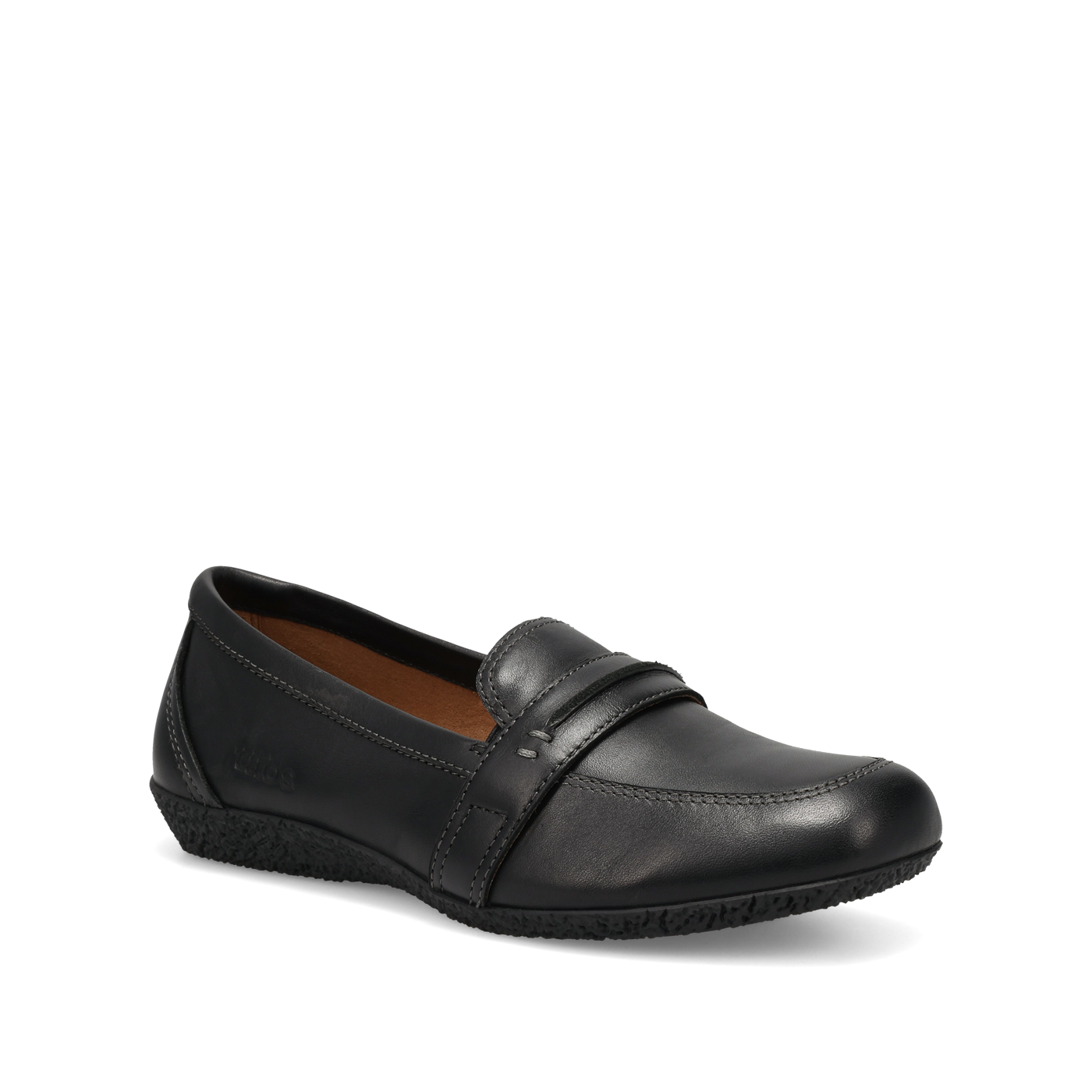Top 5 Features to Look for in Shoes for Plantar Fasciitis Relief
If you've ever dealt with plantar fasciitis, you know how painful it can be. This condition causes discomfort in the heel and bottom of your foot, making those first steps in the morning or after sitting for a while incredibly tough. It’s surprisingly common—about 1 in 10 people experience it at some point.
Dr. Marlene Reid, a podiatrist and spokesperson for the American Podiatric Medical Association, puts it simply: "Shoes are the foundation for treating plantar fasciitis and a lot of other foot problems." (Source: Everyday Health, 2021).
If you’re suffering, the right pair of plantar fasciitis shoes can make a big difference. Here are the top 5 features you should look for to help ease your pain.
1. Good Arch Support
Your plantar fascia is a band of tissue that runs along the bottom of your foot. When it’s overstretched, it can really hurt. Shoes with good arch support help distribute your weight evenly, reducing stress on that sensitive tissue.
Look for shoes that have built-in arch support or ones that can fit custom inserts called orthotics. Make sure the support matches your foot type—whether you have high arches, low arches, or something in between. Studies show that around 70% of people with plantar fasciitis feel much better with proper arch support.
2. Cushioned Heel
A cushioned heel is essential for absorbing shock when you walk or run. This is especially important for people with plantar fasciitis, as heel pain can be intense. Seek shoes that offer extra padding in the heel, like memory foam or gel inserts.
This cushioning helps soften the impact of each step, making it easier to walk without discomfort. Research indicates that proper heel cushioning can reduce heel pain by up to 40% for those dealing with this condition.
Dr. James Christina, executive director of the American Podiatric Medical Association, points out, "A cushioned heel can help absorb some of the impact when your heel strikes the ground, which can be a game-changer for those with plantar fasciitis." (Source: Verywell Health, 2022).
3. Firm Heel Counter
The heel counter is the back part of the shoe that wraps around your heel. It should be firm to keep your foot stable and prevent it from rolling inward too much, a problem known as overpronation.
When you’re trying on shoes, give the back of the heel a gentle squeeze. If it feels solid and doesn’t collapse easily, that’s a good sign. About 80% of people with plantar fasciitis also struggle with overpronation, so a sturdy heel counter is key.
4. Deep Heel Cup
Think of a deep heel cup as a cozy "nest" for your heel. It keeps your heel positioned correctly and prevents it from sliding around in the shoe. This feature helps distribute pressure across the heel instead of concentrating it in one spot.
A well-designed heel cup can significantly reduce pain, especially if you spend long hours on your feet. Studies show that shoes with deep heel cups can enhance comfort and decrease pain by up to 30% for those with plantar fasciitis.
5. Flexible Toe Box
While firmness is important in the heel and arch areas, the toe box needs to be flexible. This part of the shoe allows your toes to move naturally as you walk.
Look for shoes that bend easily at the ball of your foot—the area right behind your toes—while still being firm in the middle. This balance can help you walk more comfortably and can reduce plantar fasciitis pain over time. Research suggests that flexible shoes can improve foot function by up to 15%.
Dr. Jacqueline Sutera, a podiatrist and spokesperson for the American Podiatric Medical Association, advises, "You want your shoes to bend where your foot bends. If they’re too stiff or too flexible in the wrong spots, it can lead to pain." (Source: Prevention, 2023).
How to find your pair of shoes
When searching for shoes to ease plantar fasciitis, keep these ten features in mind: good arch support, cushioned heel, firm heel counter, deep heel cup, flexible toe box, rocker sole, breathable materials, wide toe box, removable insoles, and the right heel-to-toe drop.
Remember, everyone’s feet are different. What works well for one person might not be the best for another. It’s always a good idea to consult a podiatrist for personalized advice.
Dr. Howard Osterman, team podiatrist for the Washington Wizards and Mystics, emphasizes a holistic approach: "Proper footwear is essential, but it’s just one part of the solution. A combination of stretching, strengthening exercises, and sometimes orthotics or night splints may be necessary for complete recovery." (Source: Washington Post, 2022).
Take your time trying on different shoes and walk around to ensure they’re comfortable and supportive. While good footwear is vital, it’s only one piece of the puzzle. Pairing the right shoes with other treatments like stretching and rest can speed up your recovery.
With a bit of patience and the right approach, you can find relief from plantar fasciitis pain and get back to your normal activities. Studies show that about 90% of people see significant improvement within 10 months when they combine proper footwear with other treatments.
So don’t lose hope—finding the right shoes can really help you get back to doing what you love!













 Leather
Leather
 Canvas
Canvas
 White
White
 Slip-on
Slip-on
 Soft Support Sandals
Soft Support Sandals
 Cork Support Sandals
Cork Support Sandals
 Active Sandals
Active Sandals
 Wedge Sandals
Wedge Sandals